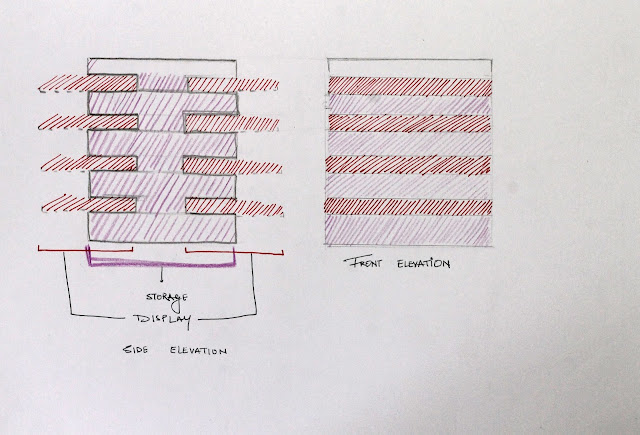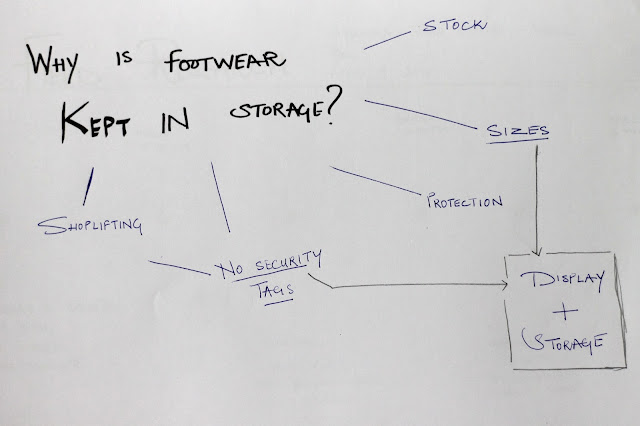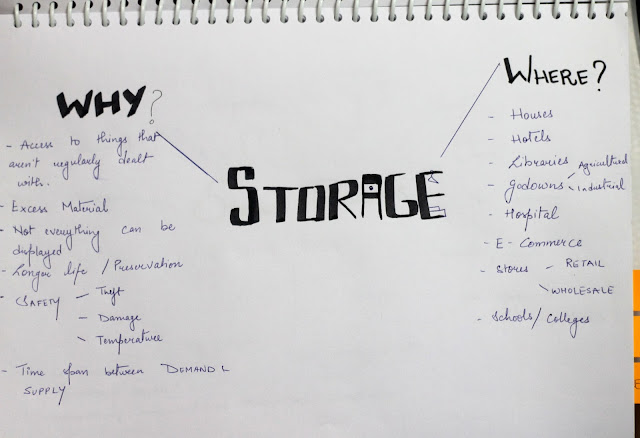So basically this entire course revolved around developing a process to reach to the solution. My initial design process was a very simple flow which I had put up as the first post. The process then took its own route after the field research was done.
Here's a graphical representation of the process that I've followed:
According to me, my process followed the biological processes of Fragmentation and Fusion. The initial problem statement grows into mind mapping as it leads it to a lot of fragments being divided. These fragments(i.e. Research and Identification) then grow as an individual whole that is full of different and unique perspective from each other. These fragments then get divided into further parts and some of them which correlate with each other fuse and combine to become a half, These halves are Concepts and Models that need each other to come up with a solution. These halves then combine and become a whole which is the solution mapping, which further grows into a Solution and a Prototype.
---
What next: Mockup





































